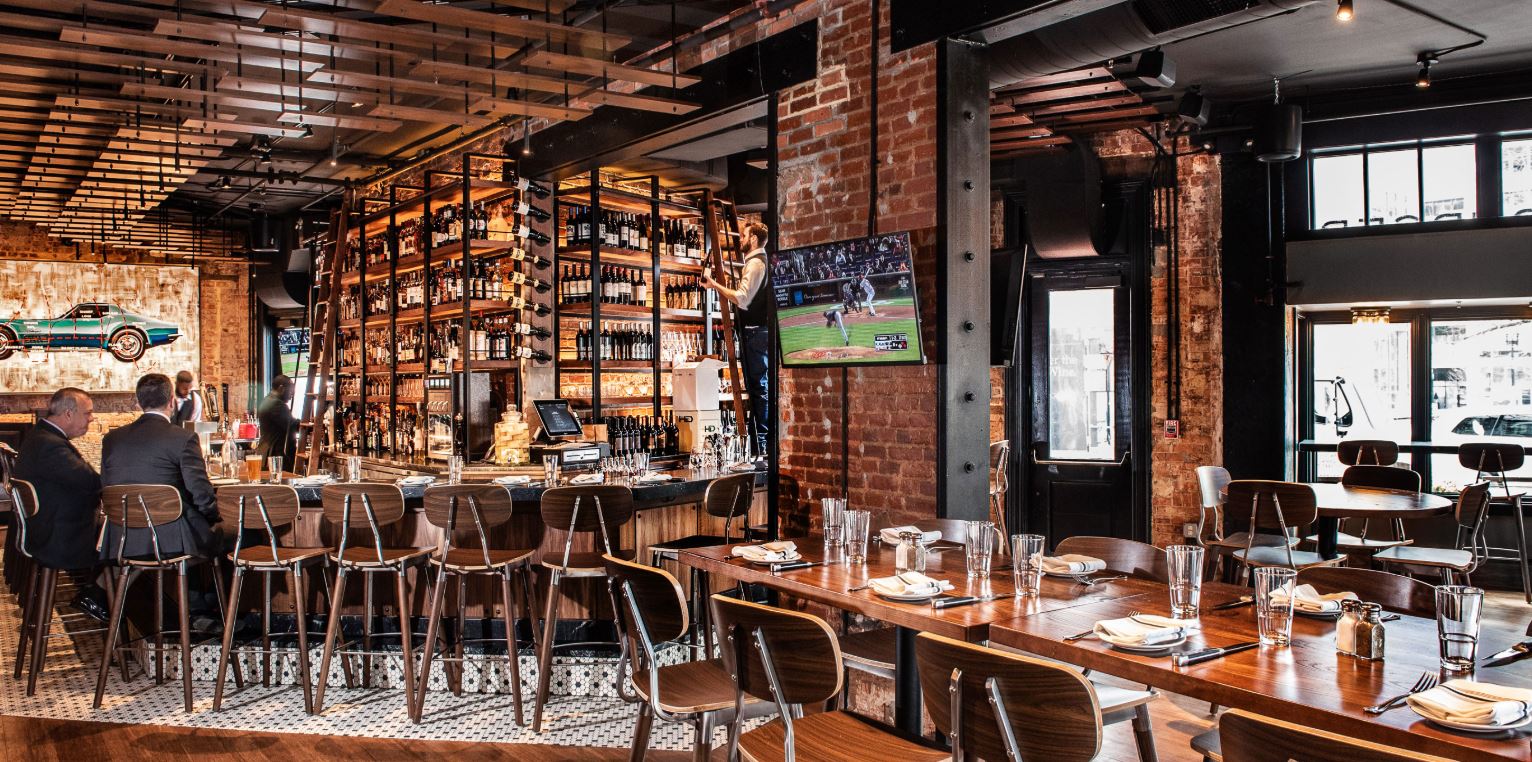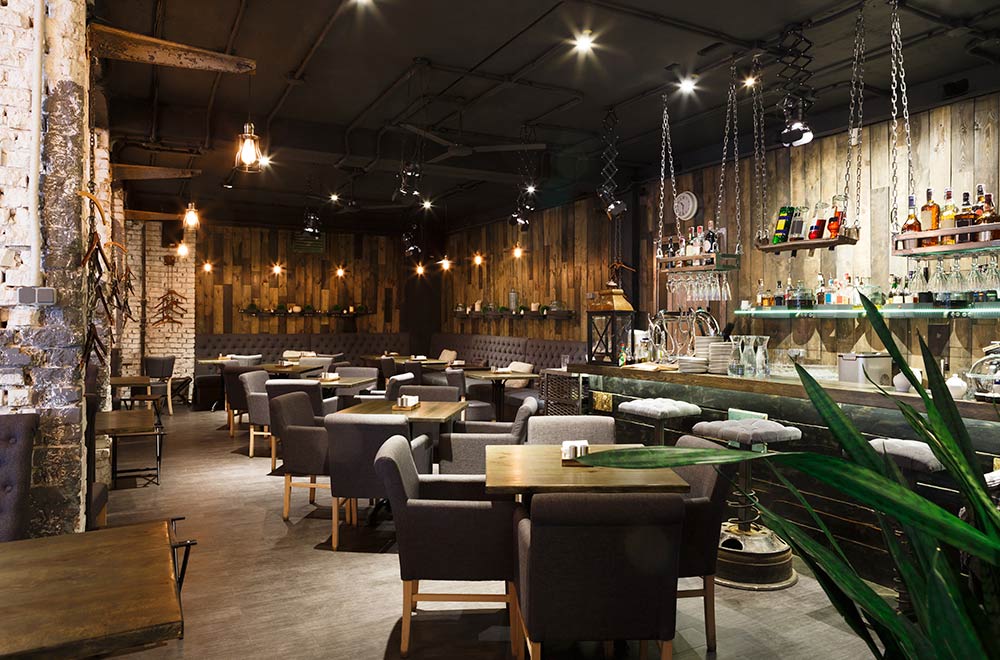Asian Restaurant ISB: A Must-Try Area for Food Lovers in Islamabad
Asian Restaurant ISB: A Must-Try Area for Food Lovers in Islamabad
Blog Article
Savor Authentic Eastern Food With a Pan-Asian Twist for a Culinary Experience
Starting a culinary trip via authentic Oriental cuisine, boosted with a Pan-Asian spin, uses an one-of-a-kind opportunity to check out the rich tapestry of flavors that define the area's varied cooking practices. This experience welcomes you to savor the beautiful equilibrium of preferences-- sweet, salty, spicy, and sour-- balanced by fragrant herbs and flavors. Envision the cutting-edge combination of Thai curry and ramen or the unforeseen pleasure of sushi burritos. As you consider these attracting recipes, consider the social narratives and historic influences that shape them, each bite offering a tale waiting to be uncovered.

Exploring Pan-Asian Flavors
In the realm of global gastronomy, Pan-Asian food sticks out for its remarkable diversity and the harmonious interaction of tastes from numerous Oriental societies. This culinary technique commemorates the abundant customs and special components located throughout the continent, developing a tapestry of preferences that is both intriguing and rewarding. Secret to Pan-Asian cuisine is its ability to balance different tastes-- pleasant, salted, spicy, and sour-- while highlighting the quality and quality of each component.
From the umami-rich soy sauce of Japan to the fiery chili peppers of Thailand, Pan-Asian food supplies a comprehensive scheme of flavors. These aspects are typically integrated in creative ways, enhancing recipes with layers of intricacy. For example, using fragrant herbs such as lemongrass and cilantro, usual in Vietnamese and Thai cuisine, adds a refreshing brightness to recipes, while the unification of coconut milk delivers a velvety, rich structure.
The emphasis on fresh produce and aromatic spices makes certain that each meal is not only a banquet for the taste buds but also for the senses. Pan-Asian food invites restaurants to start a cooking journey, discovering the substantial and differed landscapes of Asian gastronomy with every bite.
Blend Meals to Try
While Pan-Asian cuisine is celebrated for its traditional flavors, the modern culinary landscape is increasingly accepting fusion dishes that blend these classic elements with influences from other regions. This ingenious technique not only honors the rich heritage of Oriental cookeries however also introduces unique taste experiences that appeal to contemporary palates.
A prime instance of such a combination dish is the Korean-Mexican taco, where marinaded bulgogi beef is wrapped in a cozy tortilla, covered with kimchi and a zesty gochujang-infused salsa. This mix weds the bold, mouthwatering tastes of Korea with the lively, fresh components of Mexican cuisine. In a similar way, sushi burritos have actually gained appeal, amalgamating the delicate artistry of Japanese sushi with the hearty, hand-held benefit of a burrito, usually including combination components like tempura shrimp and avocado with a drizzle of wasabi mayo.
Another significant meal is Thai curry ramen, which instills the luscious, aromatic seasonings of Thai curry right into the soothing broth of conventional Japanese ramen, creating an unified mix that entices the detects. These fusion dishes expand beyond mere novelty; they represent a cooking dialogue between societies, motivating exploration and technology worldwide of Pan-Asian cuisine.
Essential Active Ingredients and Seasonings
To really appreciate Pan-Asian cuisine, one must understand the essential ingredients and seasonings that form its structure. This diverse culinary design draws from a rich tapestry of Asian customs, using an unified blend of appearances and tastes. Secret active ingredients include soy sauce, fish sauce, and oyster sauce, which present a full-flavored umami depth vital to Oriental meals. Corresponding to these are rice vinegar and mirin, providing a delicate level of acidity and sweetness.
Aromatic elements are critical, with garlic, lemongrass, and ginger being common throughout numerous Pan-Asian recipes. These ingredients offer a great smelling base that improves the intricacy of flavors. Flavors such as celebrity anise, cardamom, and cinnamon introduce heat and character, echoing influences from regions like China and India.

Food Preparation Strategies and Tips
Understanding the art of Pan-Asian cuisine needs experience with its distinctive cooking techniques, each contributing to the dynamic tapestry of tastes this culinary practice is commemorated for. Central to these approaches is the stir-fry, a quick cooking technique that maintains the dietary honesty and dazzling colors of components. Using a frying pan, the stir-fry method permits even warm distribution, necessary for achieving the particular appearance and taste equilibrium of Pan-Asian meals.
Another essential strategy is steaming, especially common in Chinese cuisine. This gentle method preserves the all-natural flavors and nutrients of ingredients, making it perfect for fish and shellfish and vegetables. Dumplings, a beloved staple, typically benefit from steaming, resulting in soft, succulent appearances.
Grilling, likewise integral, gives smoky midsts to meals such as Korean bulgogi or Japanese yakitori vietnamese restaurant (asian restaurant isb). This method typically includes marinading ingredients, enabling tastes to pass through deeply before food preparation over an open flame or hot plate
Lastly, grasping the art of balancing tastes-- sweet, sour, salted, bitter, and umami-- is essential. Effectively layering these components can elevate a meal from average to remarkable, using a facility and pleasing culinary experience that embodies the essence of Pan-Asian food.
Eating Experiences Worldwide
Across the world, Pan-Asian cuisine provides an unparalleled eating experience, commemorated for its rich tapestry of flavors and lively presentations. This cooking sensation has actually transcended cultural boundaries, catching the hearts and tastes buds of food fanatics worldwide. In cosmopolitan cities like New York, London, and Sydney, Pan-Asian restaurants act as melting pots where culinary traditions from Thailand, Japan, China, and past merge, giving diners with an eclectic mix of dishes that highlight the region's diversity.
The global allure of Pan-Asian cuisine lies in its capacity to supply both authenticity and advancement. Cooks masterfully wed conventional ingredients such as lemongrass, soy sauce, and miso with modern techniques, causing meals that are both refreshingly brand-new and familiar. This blend allows restaurants to embark on a cooking journey that respects heritage while welcoming modernity.
Additionally, eating experiences are boosted via attentively created atmospheres that show the principles of Pan-Asian appearances. From minimalist Japanese-inspired insides to lively Thai-themed rooms, each dining establishment supplies an unique atmosphere that complements the cooking offerings. As a result, clients are not merely consuming a meal but partaking in a cultural experience, making Pan-Asian eating a genuinely global phenomenon.
Conclusion
The exploration of Pan-Asian food offers an extensive understanding of the intricate interplay of flavors and culinary customs throughout Asia. By welcoming fusion dishes such as Thai curry ramen and sushi burritos, the culinary journey not only highlights the versatility of traditional ingredients however likewise showcases cutting-edge modern-day strategies. This gastronomic adventure, enriched by vital flavors and cooking approaches, supplies an one-of-a-kind possibility to value the cultural diversity and cooking artistry that define Pan-Asian cuisine on a worldwide range.
Getting started on a cooking trip with authentic Eastern food, boosted with a Pan-Asian spin, provides a special chance to explore the rich tapestry of tastes that specify the region's diverse cooking practices.In the world of worldwide gastronomy, Pan-Asian cuisine stands out for its exceptional variety and the harmonious interplay of flavors from numerous Asian societies. Key to Pan-Asian cuisine is its ability to stabilize contrasting tastes-- pleasant, salted, spicy, and sour-- while highlighting the freshness and quality of each component.

Report this page